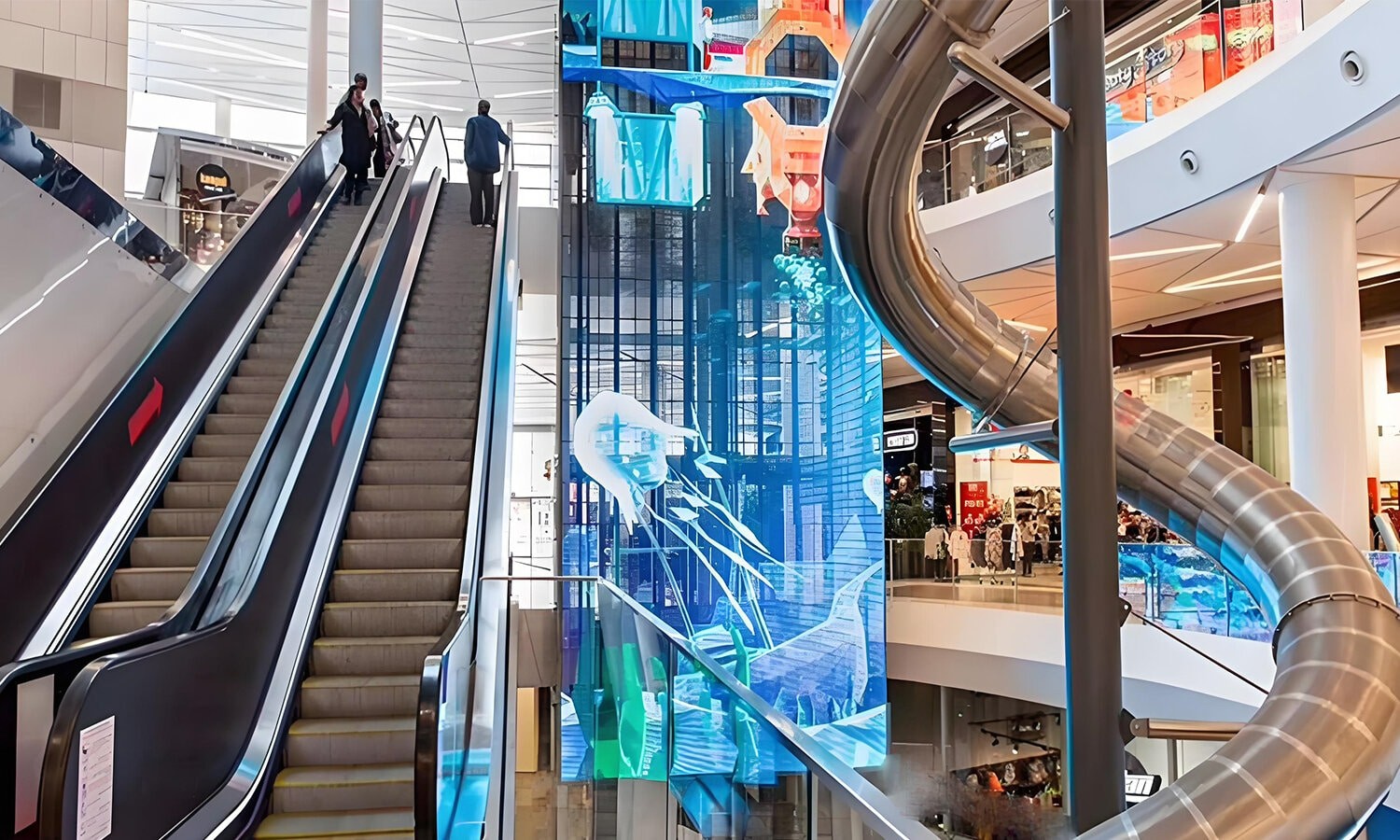Exploring Transparent Screens: Technology And Applications
A transparent screen or transparent display is the type of display technology that involves particular users seeing through the screen while at the same time viewing digital content. With this new technology, digital information is combined with the real world to deliver unique applications and user experiences across industries.
How Transparent Screens Work
Transparent screens, however, use one of the following two technologies: either OLED, Organic Light Emitting Diode, or LCD, Liquid Crystal Display.
1. OLED Transparent Displays:
-Self-Emissive: OLED technology does not have a backlight. Each pixel produces its light, and this helps the screen be truly transparent when the pixels are turned off.
-High Contrast: High contrast ratios and brilliant colors of the digital content make them shine brightly in bright environments on an OLED transparent screen display.
2. LCD Transparent Displays:
-Backlighting: An LCD transparent screen uses a transparent backlight unit through which light passes. All this setup may affect the transparency level and brightness.
-Cost-Effective: Though not as bright as OLED, transparent displays made by LCD still remain relatively cheaper; also, larger screen sizes can easily be fabricated.

Transparent Screen Applications
1. Retail and Advertising:
-Storefronts and Product Displays:Transparent displays in storefronts and product displays let customers see promotional material but can still view the actual product behind it.
-Interactive Displays: Now retailers can come up with engaging interactive ads that siphon and educate customers at the same time.
2. Automotive:
-HUDs (Head-Up Displays): Transparent display screens have been fitted into automobile windshields, providing critical information relative to the vehicle, such as speed, navigation, and other alerts, without a flat screen obstructing the view.
3. Architecture and Interior Design:
-Smart Glass: Watch-through screens are suitable for smart windows and partitions. This allows homes and offices to have dynamic and tailor-made environments.
-Augmented Reality: Installing transparent displays across buildings, exhibitions, public places, etc. can add an augmented environment through AR applications.
4. Exhibitions and Museums:
-Interactive Displays: Transparent displays blend information next to an artifact without causing a distraction, making interactive exhibits across.
Transparent screens are one of the most far-reaching and somewhat impressive developments in display technologies that let digital information be seamlessly displayed in a physical world full of visuals. Applications range from retail and automotive to architecture and exhibitions; transparent screens will bring innovative solution value additions to user experience and interaction. Such probably derived benefits and applications continue pushing the development and adoption of transparent screens across different industries.
- Previous Article:Top 4 Points You Need To Know About Ceiling LED Screen
- Next Article:No content for the time being



